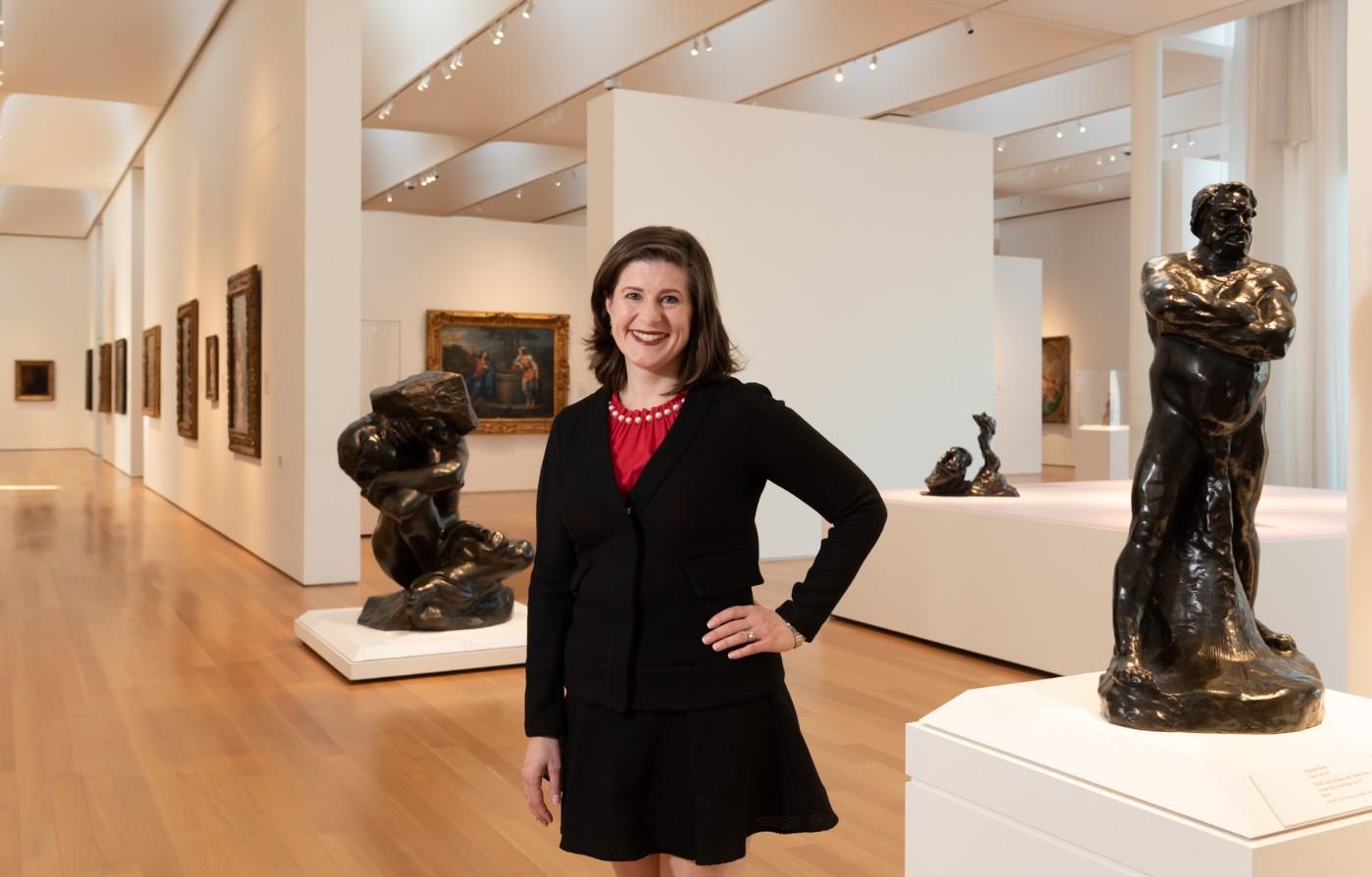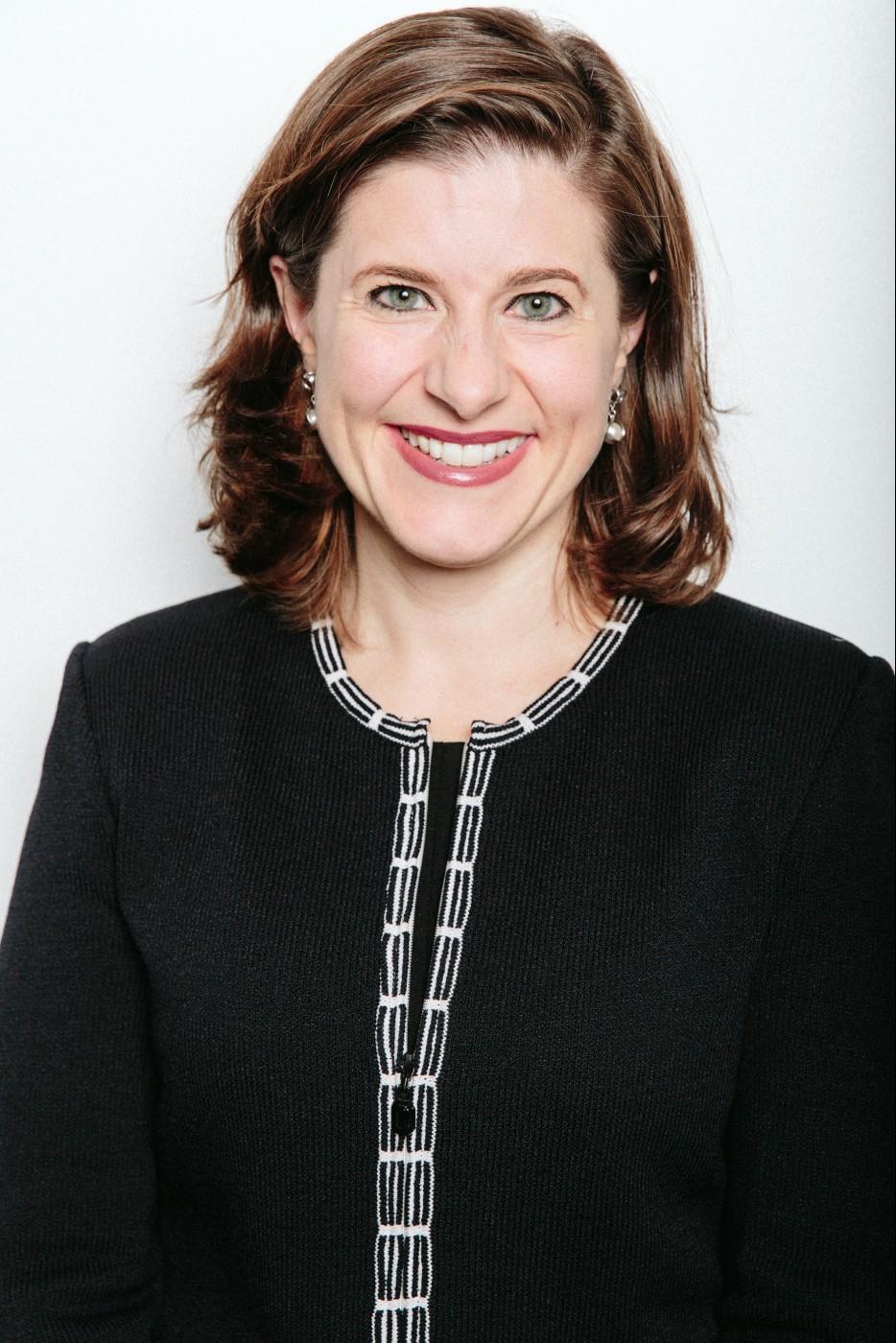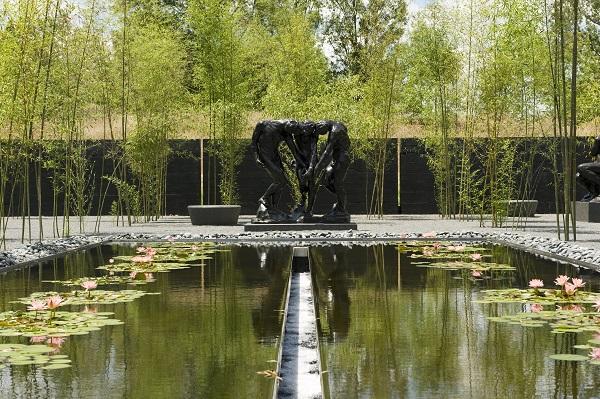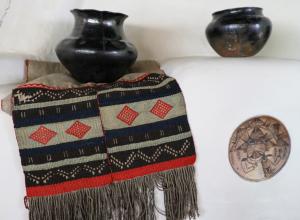CN: [Former NCMA Director] Larry Wheeler is leaving behind quite a legacy, and is very well loved in North Carolina, as I'm sure you know. What do you see as his legacy, and how do you see that shaping your position?
VH: The most obvious legacy is that Larry got that amazing second building built and got the museum park up and running as a really important part of the campus and the experience of the NCMA, and those are just huge, huge achievements, for the public and for the museum. By building that new building he brought a great focus to the amazing collection. I know he, along with his team, has been instrumental in growing the collection, particularly the contemporary collection, but other parts of it as well. So I would say his legacy is that he gave careful attention to the collection but also created these platforms, be they the park or the second building, to have a very varied and very exciting experience with art. Those right there are gigantic legacies from Larry for the museum. And there are certain particular projects in terms of the art that were very much his babies. He was very active in getting different collections and collectors to gift incredible works to the museum. He was both out there thinking about acquisitions and thinking about gifts. He created such a solid foundation for all of that. We were laughing that the last time I was in the museum as a visitor it was before he came, and the museum really was a local state museum, and certainly the profile of the institution has gone well beyond that under his leadership.
CN: Speaking of successes, the summer exhibition You Are Here was the one of the most popular in museum history.
VH: I haven't studied the statistics yet, but that was a great show and [Curator] Linda [Dougherty] did an amazing job and got some great artists to come on. Artists that I've worked with through my lifetime that I think are just the best. It's really the willingness to imagine a show, too, that doesn't just stay within the bounds of the walls. Some of the events and projects they were realizing on the interior of the building and experiential aspect of it and also using that wonderful show as a launch point to announce the [Yayoi] Kusama acquisition, which really brought a lot of profile in the art world to the NCMA. I think that was extremely well thought out and well executed.
CN: That was really exciting. People can't get enough of her right now.
VH: It's amazing. You know, we had these debates when we were talking about the Abu Dhabi collection about the works that people will travel near and far to see. It was funny, we were talking about the big names, Andy Warhol, etcetera, etcetera, and I said, "wait a minute, we have a giant Kusama, that is enough." And it's really great that that's the truth for her, to have a woman artist be that much of a draw.
I should just add another reason I was drawn to the NCMA was the Matrons and of the Arts project, because I'm really interested in women artists. There are some early commitments and strong foundations for that, and that's something I would really like to be a part of advancing even further. Right now with the Candida Höfer and Georgia O'Keeffe up, that's really foundationally stating the case for how important women artists can be in our histories. I definitely really like that they've been looking backwards in earlier periods, that's something that's just really beginning. I was very lucky, I studied with Linda Nochlin, so I got a lot of dosage of “Why have there been no great women artists?” And I just really think [Matrons of the Arts] is a small to medium project that could become a huge project.






























